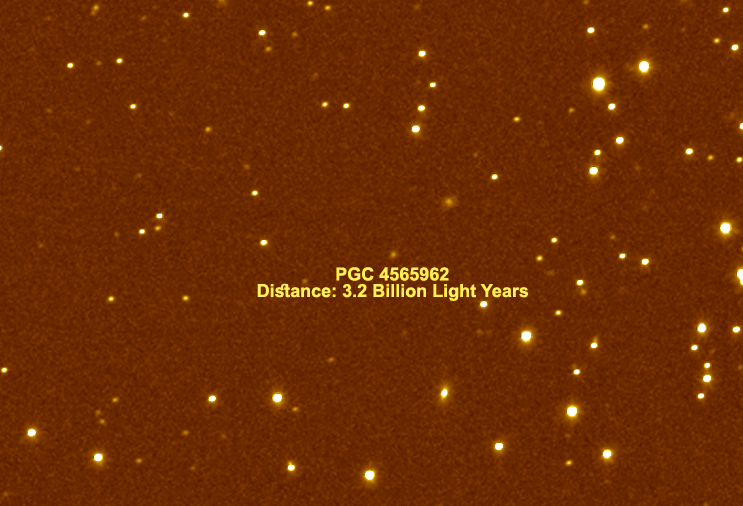Hercules Star Cluster is massive! There are over 100,000 stars in it (try counting them :)
This city of stars is about 22,000 light years or 208136070396760960 km away from us. Try going there on your car.. how many lifetimes would that take? I asked AI and it says 2.83 billion lifetimes.. thats living for 70 years, dying and coming back to life and then living for 70 years again and doing that for 2.83 billion times, all while travelling in a space ship. Ok.. thats a very bad example.. the main reason probably is, there are no roads in space. We need ion thrusters.
The big galaxy at the top right is 30 million light years away from us.. and there is a tiny galaxy in between; thats 550 million light years away.. lets stick to our coffee shop at the corner, man.
PS: I see at least three more galaxies.. do you?















